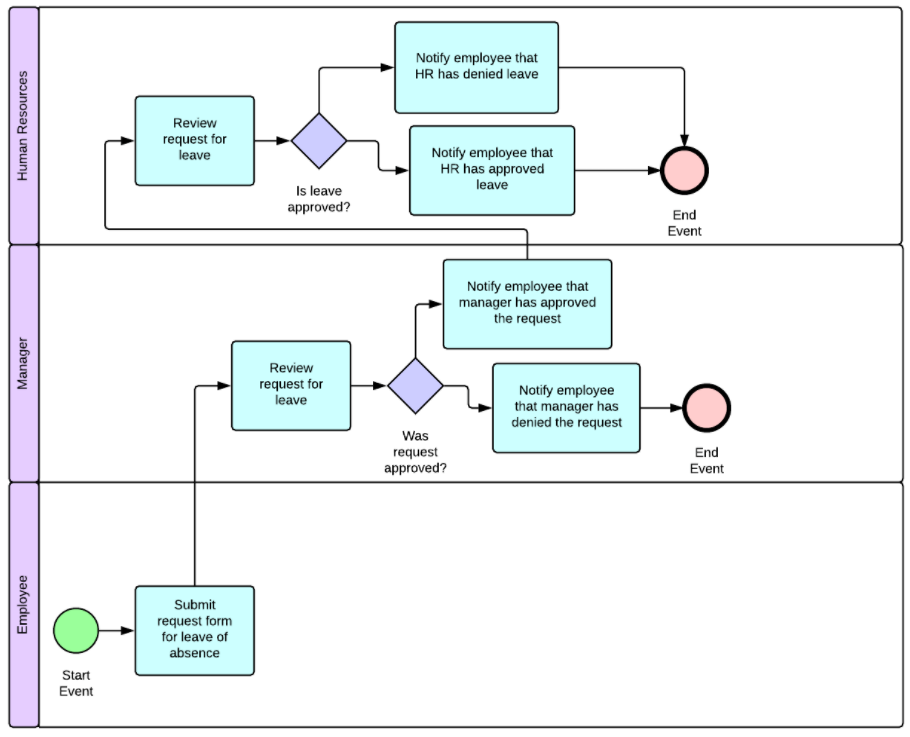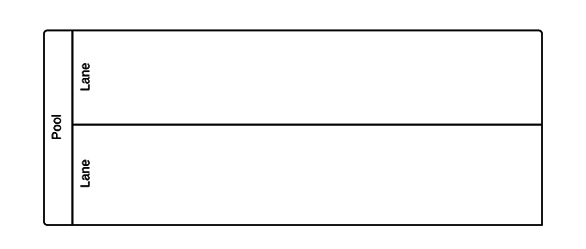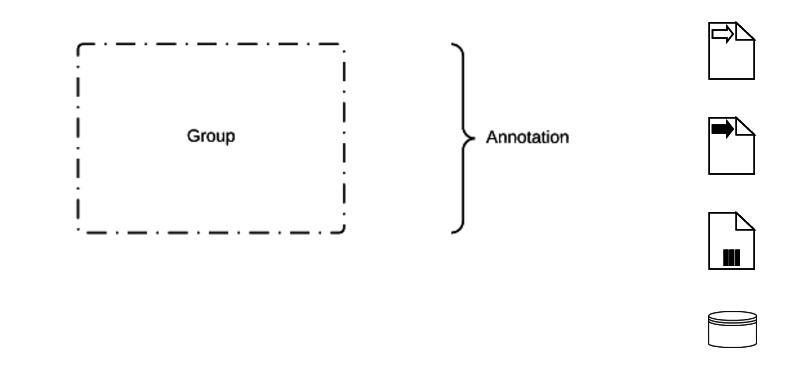Business Process Model and Notation (BPMN) is used in various fields, for example, in sales and project management. In development, this tool is important at the stage of business analytics: with the help of BPMN, all scenarios of interaction between users and the system are described.

This system of symbols was created specifically to find a common language between analysts and managers without technical training.
YuSMP Group clients receive BPMN diagrams of their products after the end of the discovery phase. This notation is included in the list of mandatory artifacts that we give to customers.
What is BPMN?
Business Process Model and Notation is a system of symbols that displays business processes using flowcharts. The BPMN diagram shows the sequence in which work actions are performed and information flows are moved.
Modeling can be used to describe any business process, but in the context of this article, we are talking more about web systems, sites, and applications.
A visual diagram shows where there are weaknesses or dead ends in the processes, because of which customers leave or do not finish the target action (application, purchase, call). BPMN highlights places that can be improved and models ways to adapt to new conditions.
Why we choose BPMN
The main advantage of BPMN diagrams is that they are understandable by both sides inside and outside the organization. The notation describes the processes in a language that is accessible to all project participants. It is understood by the development team (business analysts, programmers, product managers) and the customer's side (owner and employees).
Information in a graphical form is more accessible to perception than a complex technical text. The schemes simplify the work on the project: the customer understands how the system will work and he can make adjustments even at the stage of discussing the project.
But if this language is easy to understand, it does not mean that anyone can use it. BPMN schemes are prepared by business analysts. They describe the business processes in detail and consistently so that the project can then be easily implemented into development.
NOTE: BPMN is not a language for describing IT systems. This notation is created for a real business, which means that it can contain objects, people, and software systems. This distinguishes BPMN from graphical tools for describing programs.
What does BPMN consist of
The main objects of the BPMN language:
- An event indicates what is happening in the business process.

- The forks (Gateway) separate and unite the client's journey.

- Connecting elements (Flow) are lines leading from one object to another.

- Actions (Activity) display the work that occurs within a specific process.

- Dividers, Pool group objects into a separate lane. They can combine actions by categories or share the responsibility of the participants in the process, as in our case.

- Artifacts denote information related to the model, but not to individual elements within the process.

Each of these elements has subspecies that carry their own meaning on the diagram. You can learn more about all the elements in special guides that offer services for creating infographics. For example, cawemo, which we use in our work.
What you need to remember about BPMN
BPMN is a diagram of blocks and connecting elements that display all the actions taking place in the system. This chart is compiled during the discovery phase of business analytics.
With the help of BPMN diagrams, the work is more dynamic: business analysts give the project to developers faster, who do not need to spend time trying to delve into the system and understand the processes.
The development team and the customer understand each other better, BPMN eliminates the possibility of" double reading", and therefore misunderstandings, too. The diagram improves communication not only within the company but also creates a single information field in communication with the customer.
BPMN clearly shows the weak points where potential customers can leave. This means that it will be much easier to fix or prevent the “leak” altogether.
Do you need a business analysis of the project or development from scratch? We will help you figure it out! Contact us to get a free consultation.